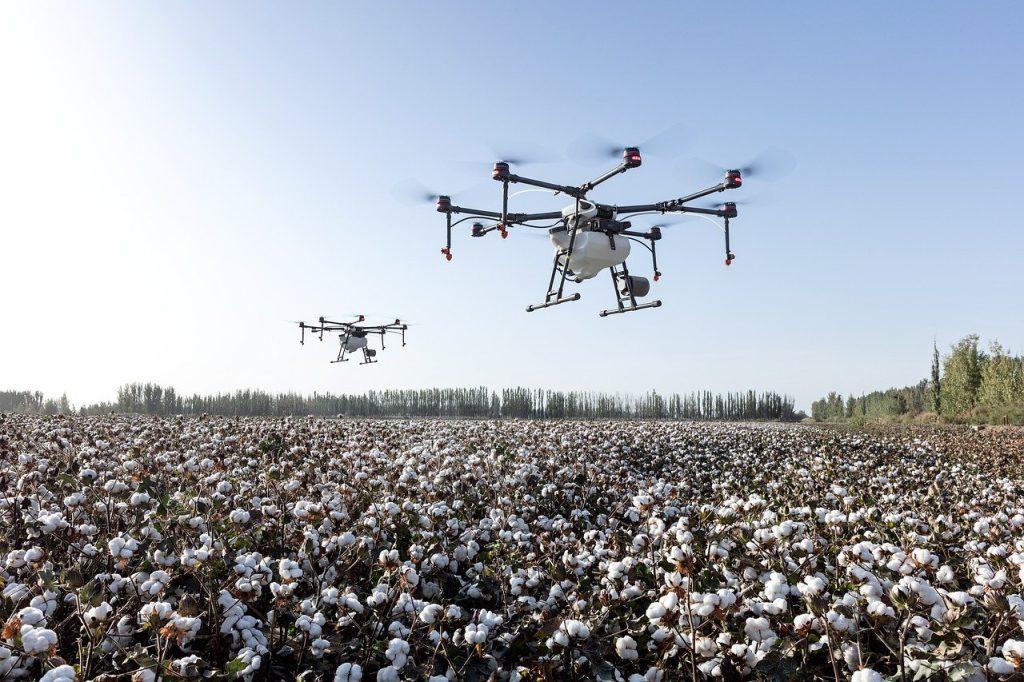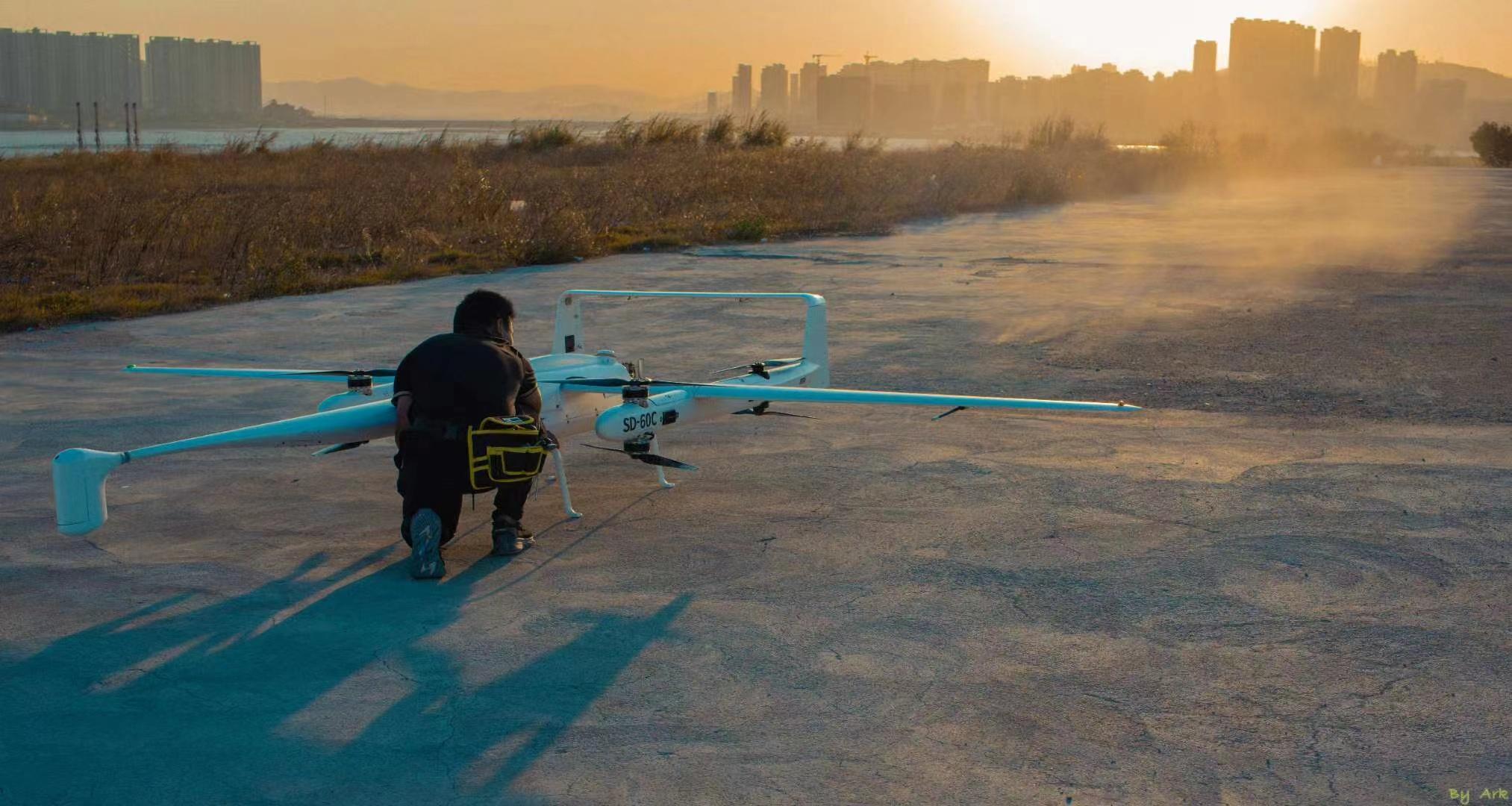
Industrial Drones: The Next Frontier of Business Innovation
Drones, also known as unmanned aircraft systems (UAS), are utilized to check numerous industrial applications. Drone aerial inspection, which is unobtrusive and disruptive, reduces the risk to human life by performing essential mapping and assessment tasks in difficult-to-access locations, such as monitoring machinery and structures at heights, spanning large, unpopulated areas, or within confined spaces.
XINGKAI INDUSTRIAL DRONES are the world’s best drones in the market.
XINGKAI Industrial Drone Types:
There are many types of industrial drones.
1. Industrial Fixed-Wing UAV
XINGKAI Drones with fixed wings are best for wide-area inspection. in that case, they can fly for extended periods and may travel great distances in a single journey. Depending on the UAV, fixed-wing UAVs may not be well suited to launch at sea. Because they often require a fair footprint for take-off and landing, making them suitable for agricultural and pipeline inspection.
2. Drones for VTOL Inspection
In contrast to fixed-wing UAVs, XINGKAI VTOL (vertical take-off and landing) drones typically have a shorter operational flight period. Further, they do not, however, require a big take-off and landing area. Many VTOL drones, including quadcopters, multirotor, and unmanned helicopters, are available for commercial and industrial purposes, which mitigates this.
Technology for XINGKAI Industrial Drone Imaging
Industrial inspection drones are capable of low-level, close-range flying. Secondly, they can be fitted with various payloads, including multispectral cameras, LiDAR payloads, photogrammetry tools, EO/IR sensors, emissions monitoring equipment, and thermal imaging cameras.Real-time surveillance is made possible by:
- Infrared imagery
- Thermal imagery
- High-definition video
- High-resolution pictures
- Point cloud data
Using XINGKAI drones and UAS is quicker and more economical than employing helicopters and manned aircraft. Industrial VTOL drones can hover in situ and fly much closer to the ground than conventional human-crewed aircraft, making them perfect for routine maintenance inspections, risk monitoring, and mission assessment for repair missions.
Sectors That Employ XINGKAI Professional Drones
The top sectors and industries already utilizing XINGKAI drones for commerce are listed below, with examples of how they are doing so.
AGRICULTURE
Farmers use XINGKAI commercial drones to gather information on their crops, which is subsequently used to increase harvests.
CHEMICALS
To boost indoor inspections, XINGKAI drones are employed in the chemical sector to collect visual data within sizable assets used in chemical processes instead of inspectors.
CONSERVATION
Firstly, Detailed vegetation maps to follow forestry activity and water mapping to understand better how water moves through an area are two major ways professional-grade drones assist conservation efforts. Additionally, seed-firing drones have been developed, which could aid regeneration efforts in areas that have been cleared of tree
CONSTRUCTION
When done on foot, mapping and surveying construction sites might take a while. Construction firms can now provide real-time maps of the progress of their projects and surveys that can help them plan future projects and enhance those already in progress, saving a lot of time and money.
DELIVERY
Although consumer drone delivery has yet to be implemented widely anywhere in the globe, it does offer a significant benefit for business drones. Currently, medical drone delivery is being carried out worldwide in places like Rwanda, Switzerland, and the United States (where Flyability is headquartered).
FILMMAKING
Instead of helicopters, which are more expensive and difficult to handle, high-end professional XINGKAI drones have been utilized to take aerial views for movies for years.
MINING
To help them construct maps of their mines, mining companies are turning to durable indoor drones. These maps enhance safety and also assist businesses in locating ore that might otherwise go missing.
INSURANCE
Particularly following significant disasters, insurance companies are constantly processing claims. Insurance firms are using drones to process roof damage claims considerably more rapidly by enabling adjusters to get visual data from the air instead of ladders. Insurance companies are also using drones for accident reconstruction, which enables them to determine how an auto collision occurred and confirm the validity of claims relating to autos.
OIL & GAS
Professional XINGKAI indoor drones, such as the MULTI-ROTOR XK-CF01, have a significant influence on the oil and gas industry by giving inspectors a tool for gathering high-quality visual data inside assets essential to the oil refining process, including tanks, FCC units, and risers.
POWER GENERATION
Professional-grade XINGKAI drones assist inspectors in accessing regions that would otherwise be challenging to reach in the power generation industry. By taking the role of inspectors while gathering visual data on important assets like boilers, drones can also assist in protecting inspectors from the risks posed by radiation at nuclear power plants.
COMMUNITY SAFETY
Drones have been used by law police, fire departments, and search and rescue organizations during the past few years.
Commercial drones are used by law enforcement to map densely populated areas and improve situational awareness, by firefighters to gather thermal data that helps them focus their efforts, and by search and rescue teams to locate missing people in the wild using both thermal and visual sensors on drones.
OUR Industrial Drones
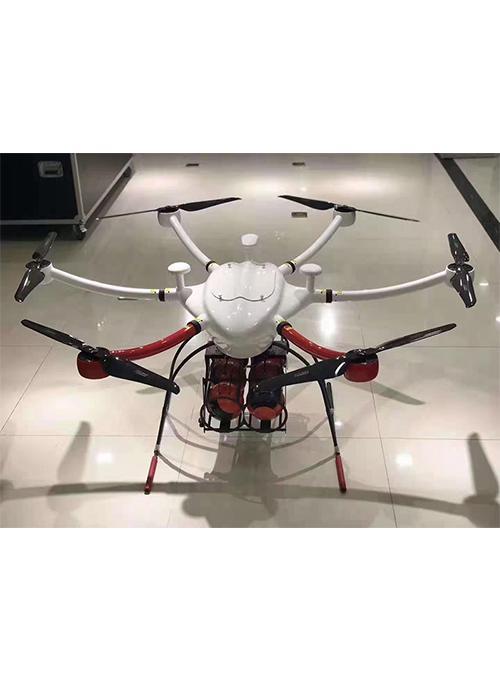
MULTI-ROTOR XK-CF01
The aircraft platform can be equipped with a variety of load equipment. Such as a photoelectric pod, multi-spectral camera, surveying and mapping camera, map transmission link, etc.
Long-endurance VTOL XK-DF01
The aircraft platform adopts the fixed-wing + four-rotor composite layout, which is able to take off and land vertically. The runway is not needed during take-off and landing, reducing the take-off and landing site conditions.
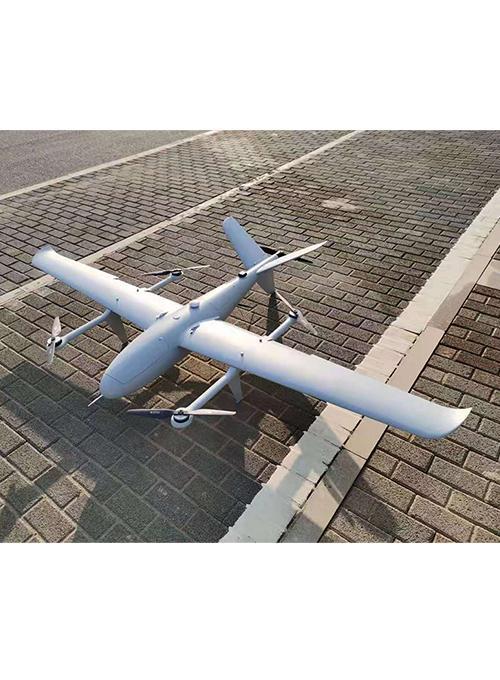
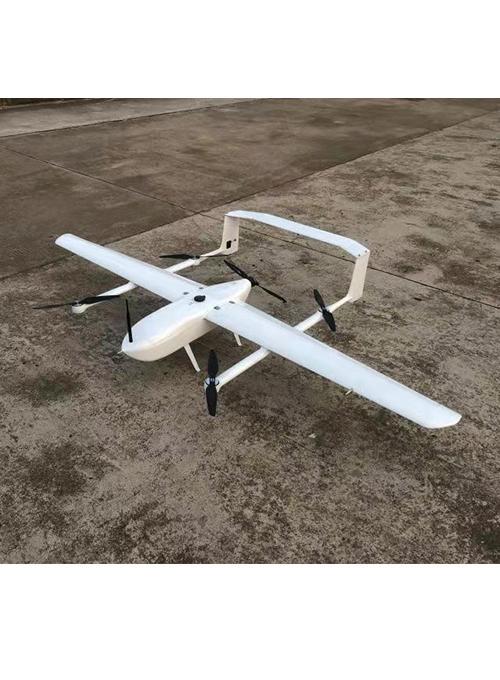
Long-endurance VTOL XK-DF02
The aircraft platform adopts the fixed-wing + four-rotor composite layout, which is able to take off and land vertically. The runway is not needed during take-off and landing, reducing the take-off and landing site conditions.
Industrial Drones’ key FEATURES
